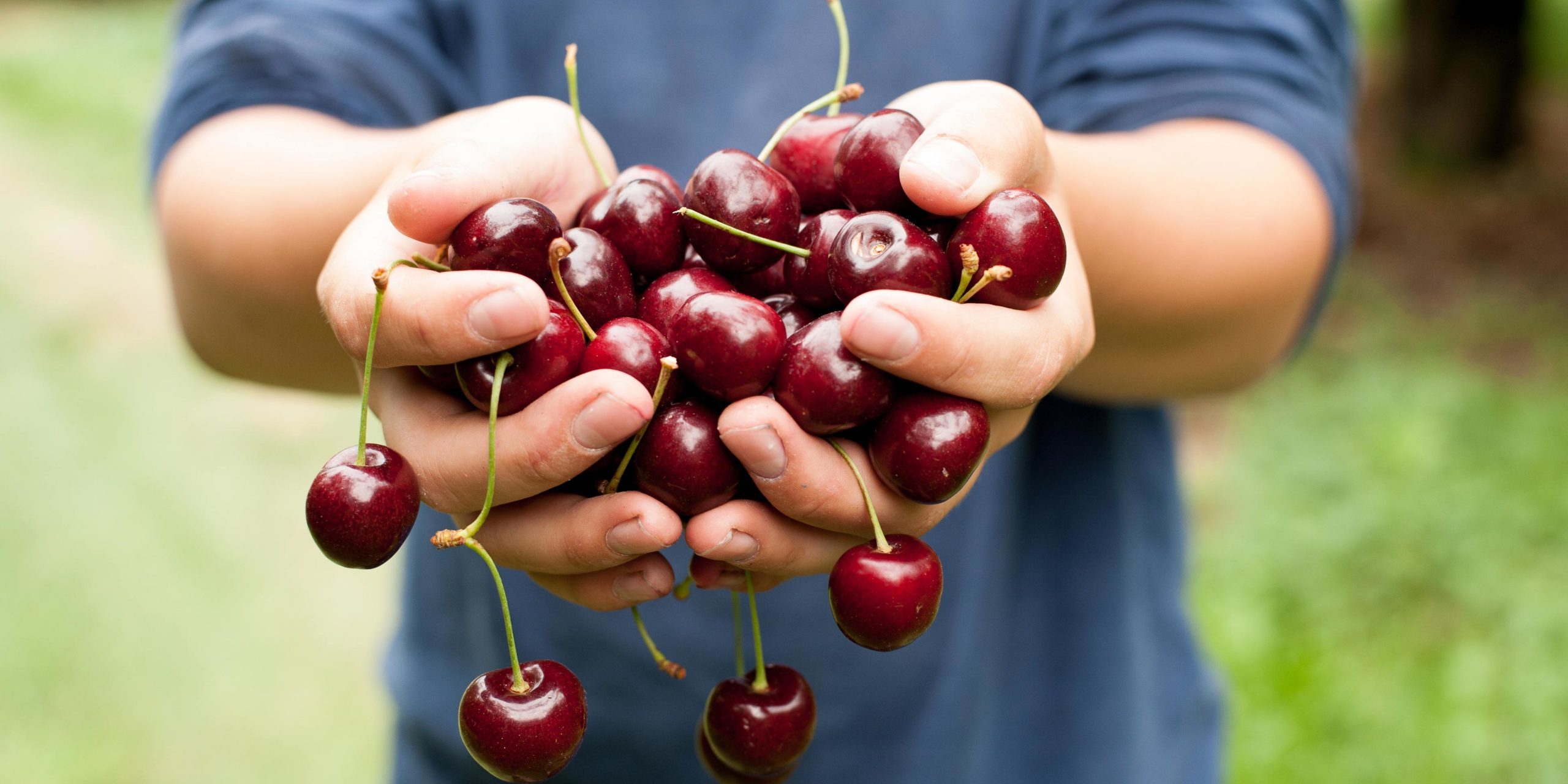 About Us
About Us
Mission, Vision, Purpose, Story, Accountability & Impact
 Vision & Values
Vision & Values
AERO Program Philosophy & Criteria
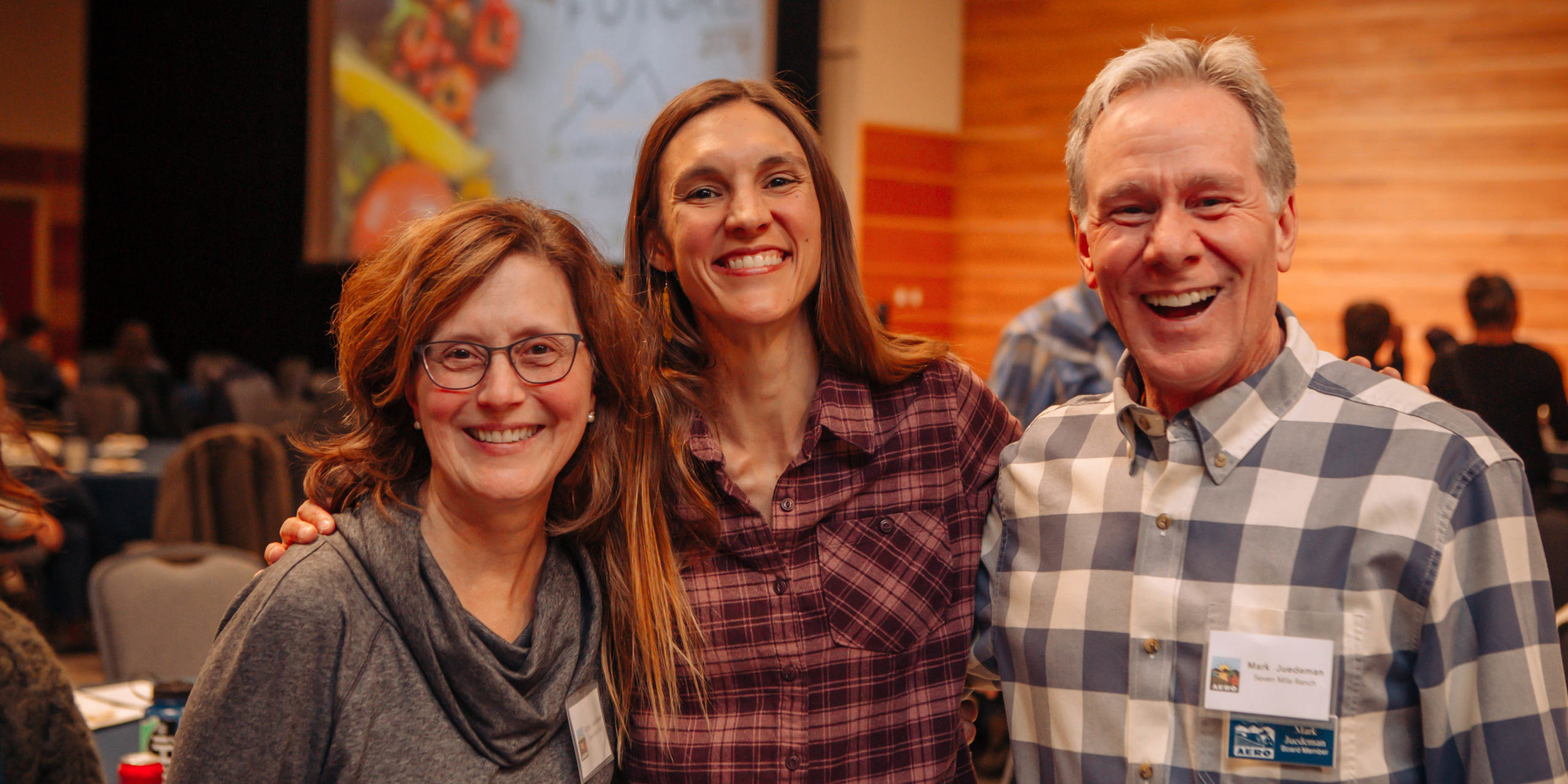 Friends of AERO
Friends of AERO
AERO Friends & Supporters
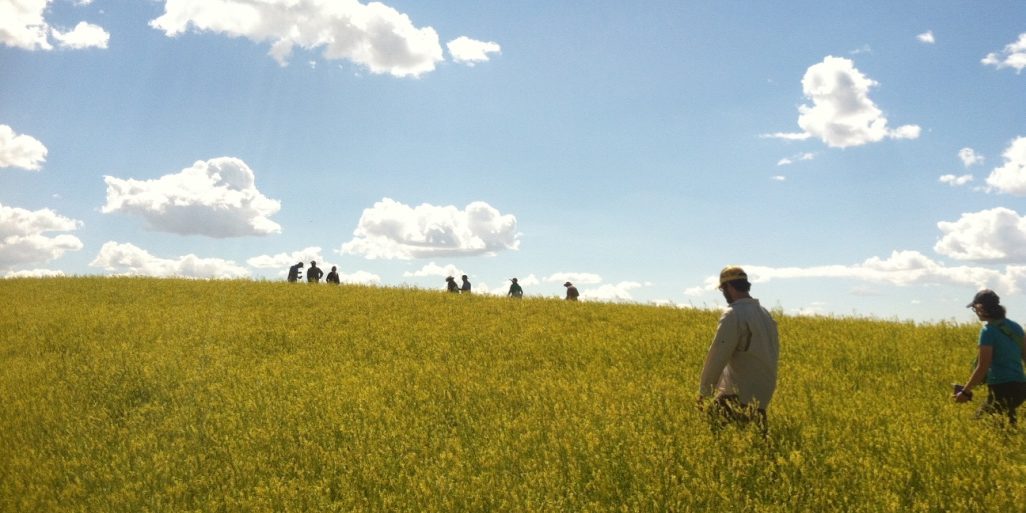 Our Team
Our Team
Staff & Board of Directors
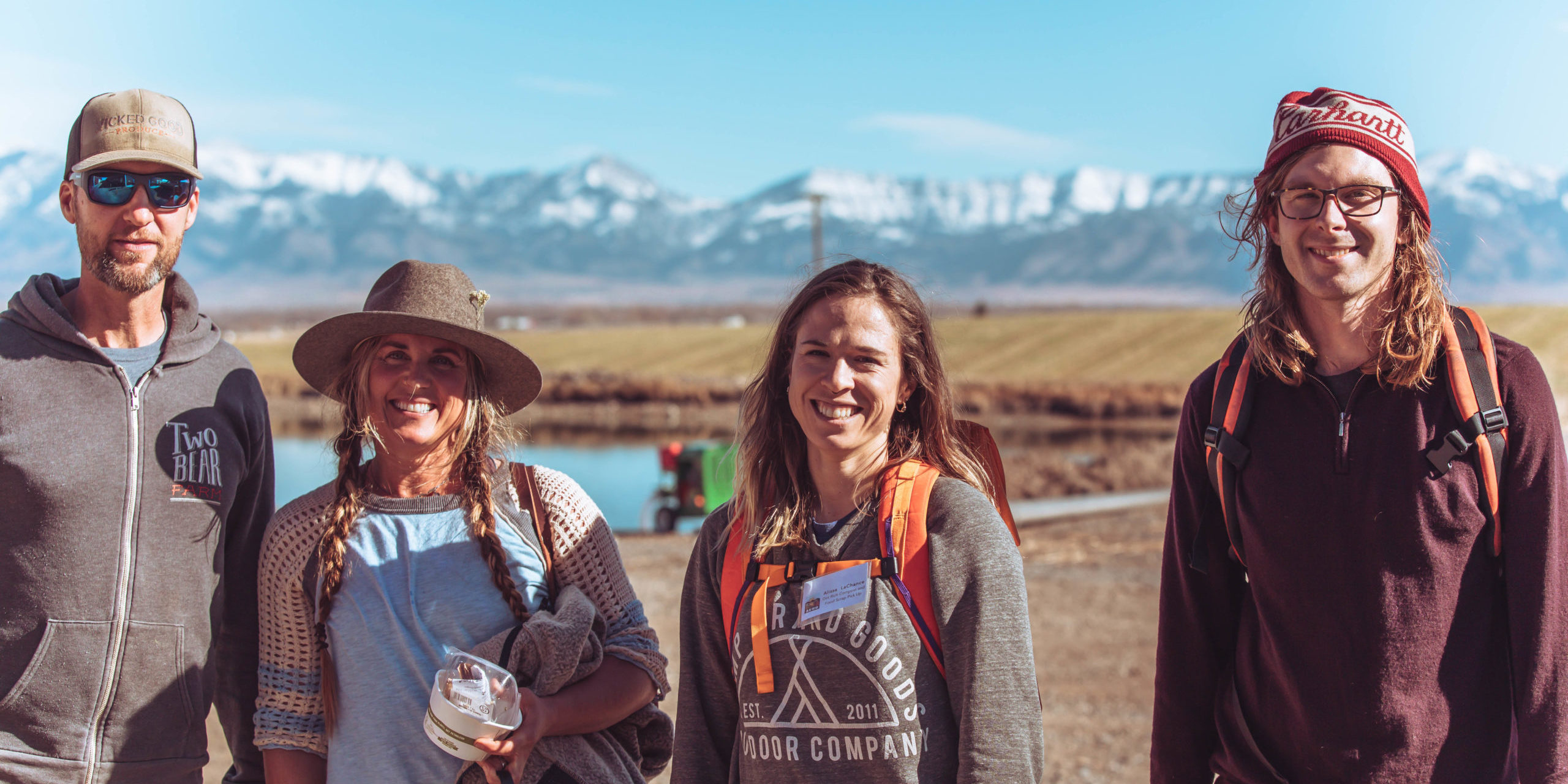 Jobs & Board Opportunities
Jobs & Board Opportunities
Careers, Internships & Board of Directors
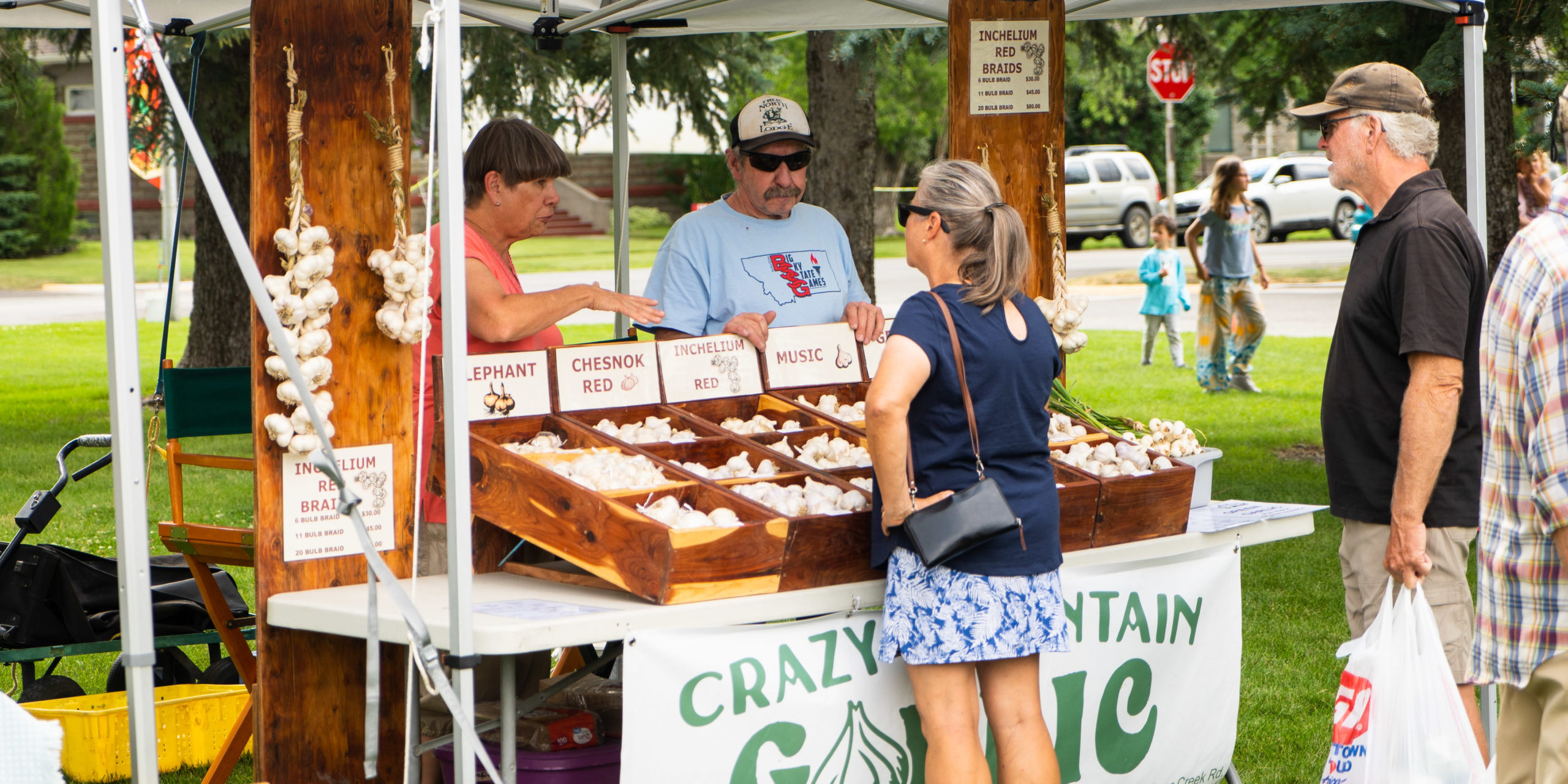 Montana Food Economy Initiative
Montana Food Economy Initiative
Cross-sector, community-based projects for food system resilience
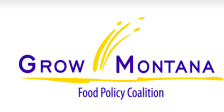 Grassroots Leadership
Grassroots Leadership
Grow Montana Food Policy Coalition
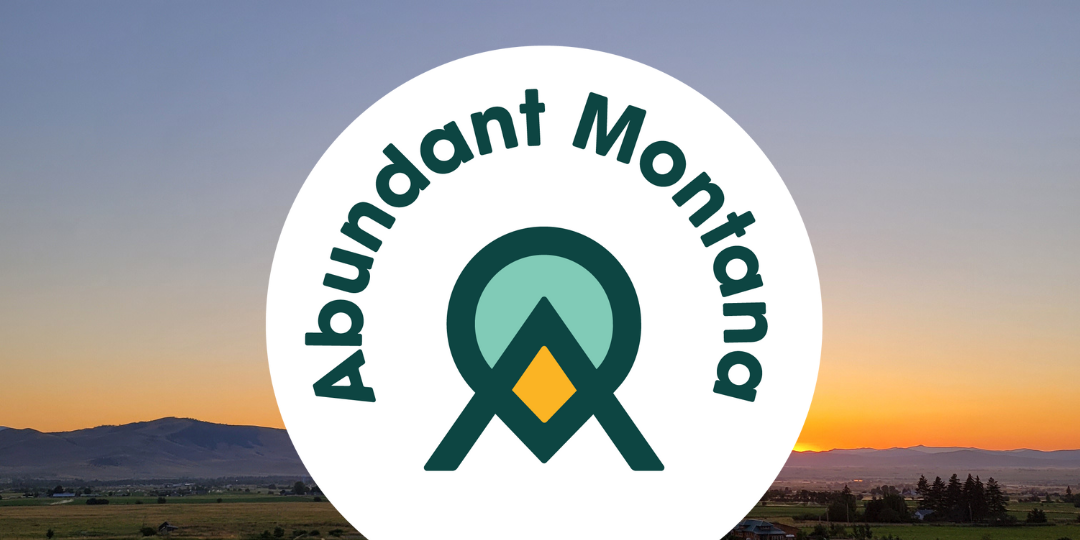 Abundant Montana
Abundant Montana
Montana’s megaphone for local food, farms, and food businesses
 Value-Added Producer Success
Value-Added Producer Success
Trainings, market support, & advocacy in partnership with producers and regulatory bodies
 Montana Food Providers Project
Montana Food Providers Project
Montana Food to Montanans
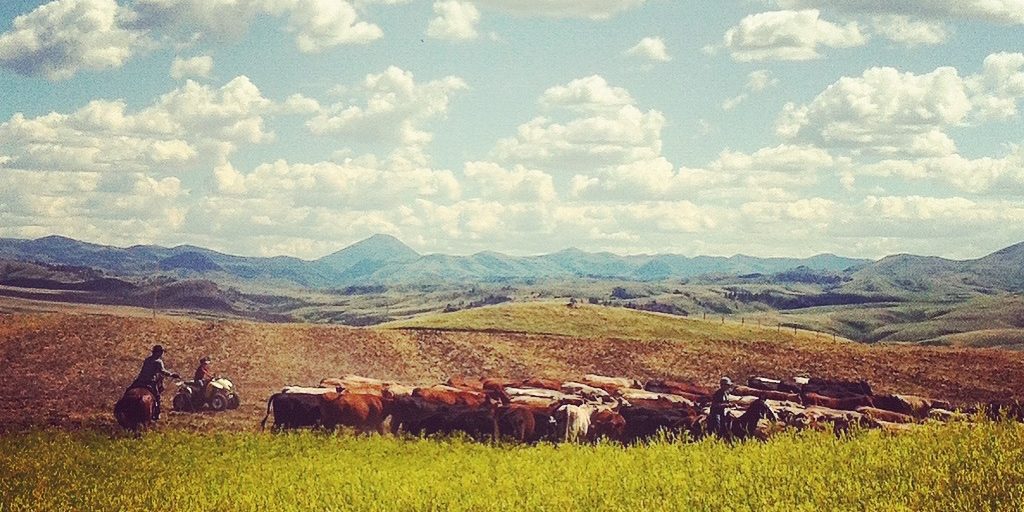 Events
Events
Community Events, AERO Programs & Meetings
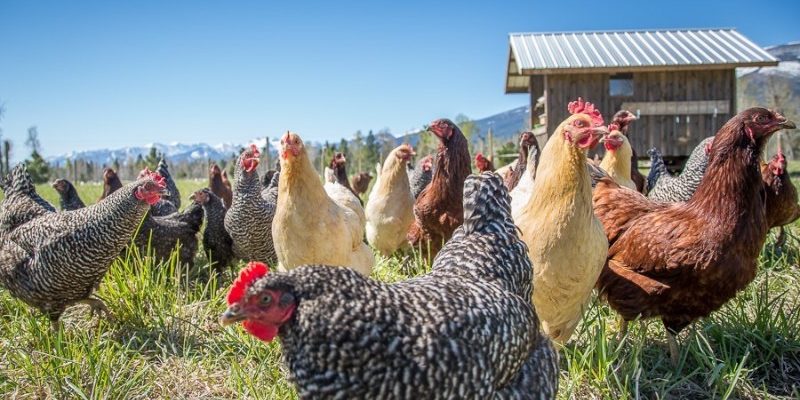 Sun Times
Sun Times
Sun Times Blog
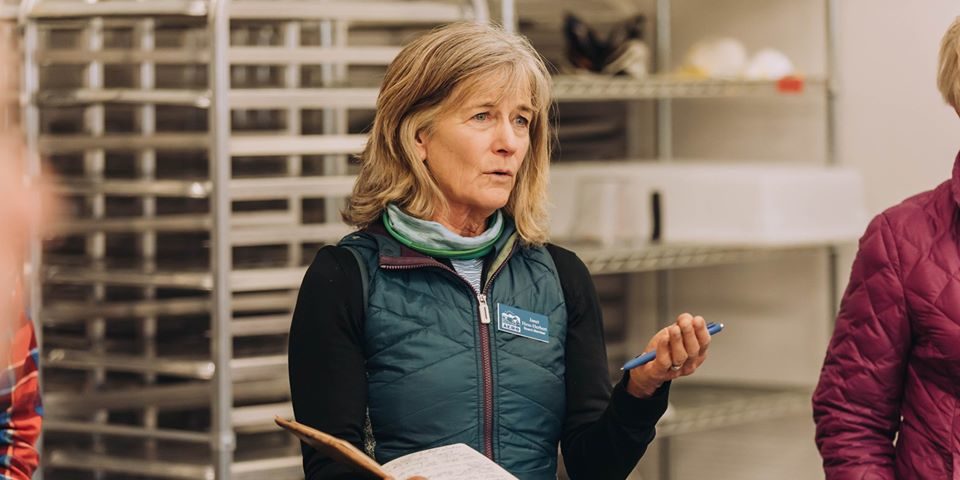 News
News
AERO News & Announcements
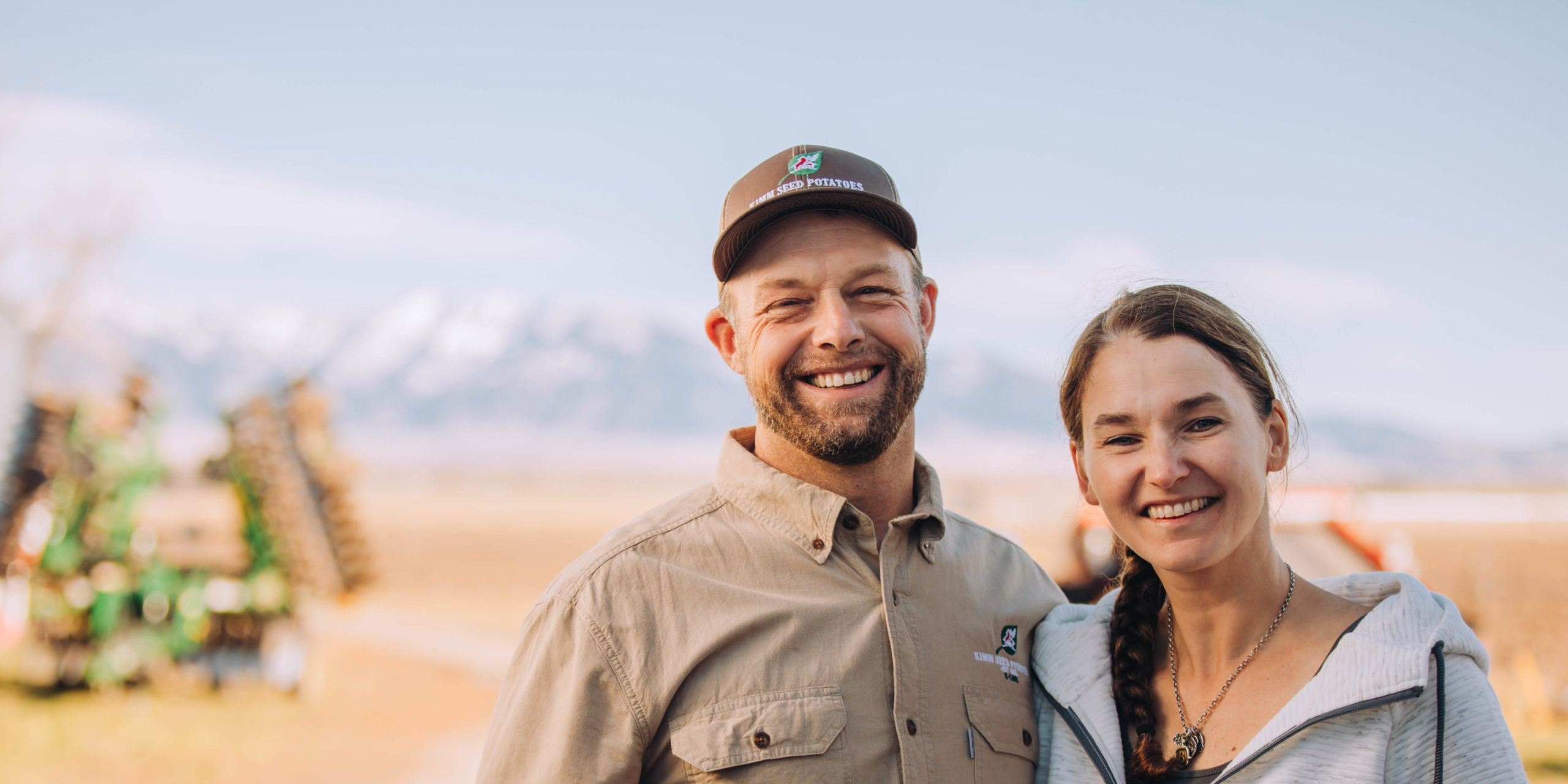 Success Stories
Success Stories
Member, Supporter & Program Success Stories
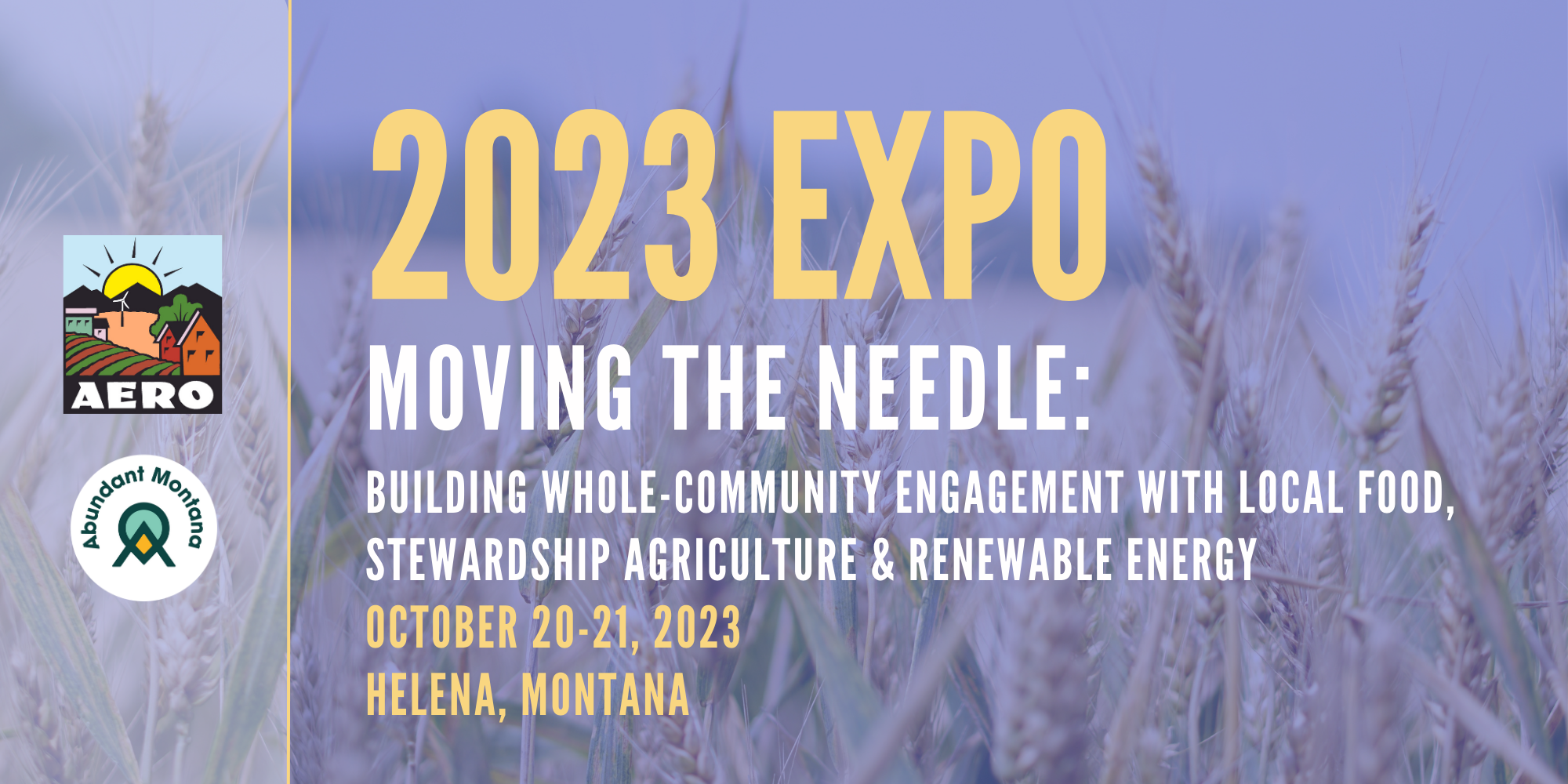 Expo 2023
Expo 2023
October 20-21st in Helena
-Details & Registration-
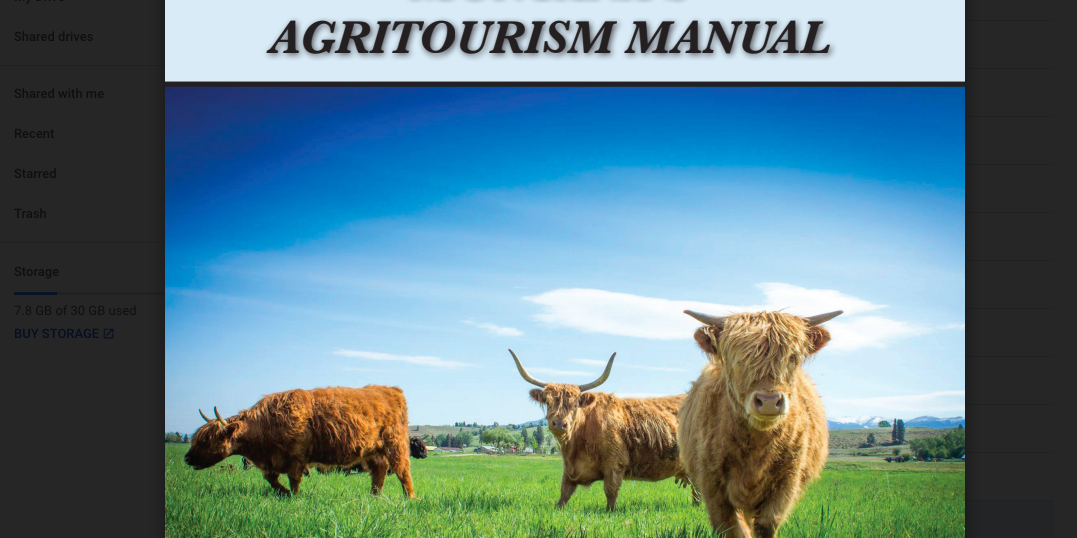 Downloadables
Downloadables
Downloadable Resources
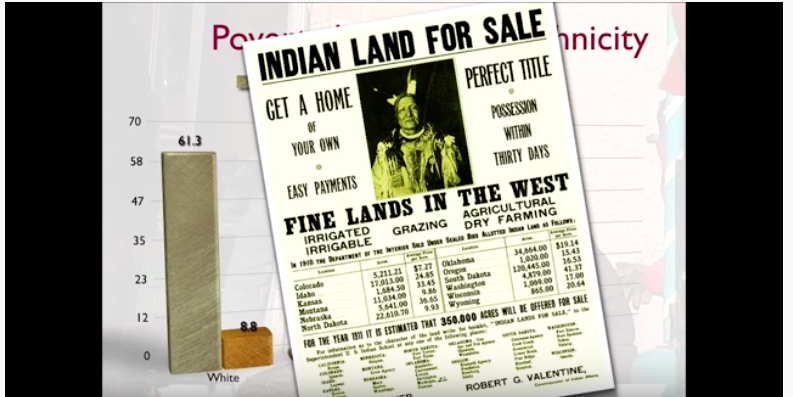 Videos
Videos
Live Program & Event Recordings
 Webinars
Webinars
Training & Meeting Webinar Recordings
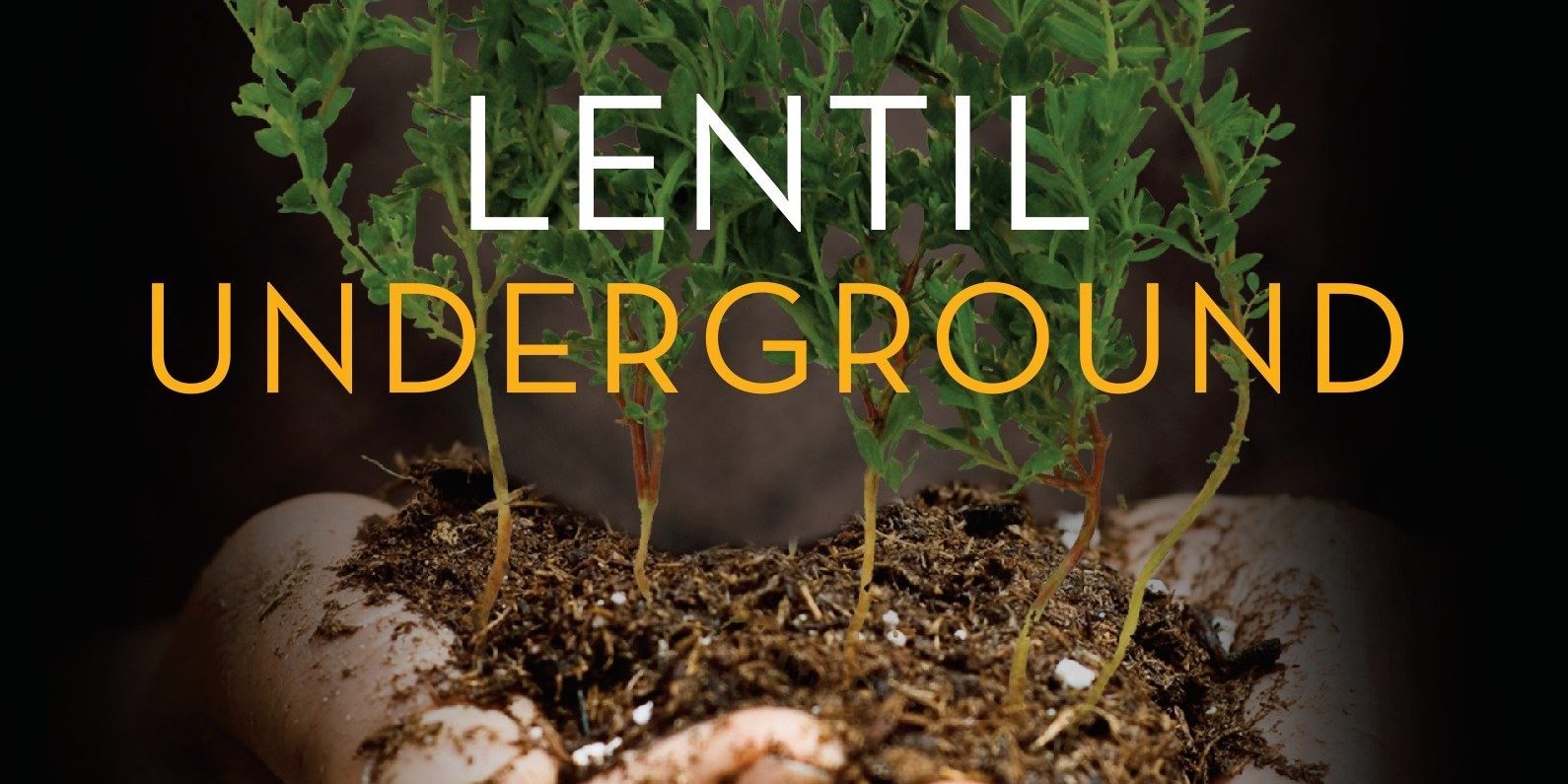 Get Inspired
Get Inspired
AERO’s founding story & Grain by Grain
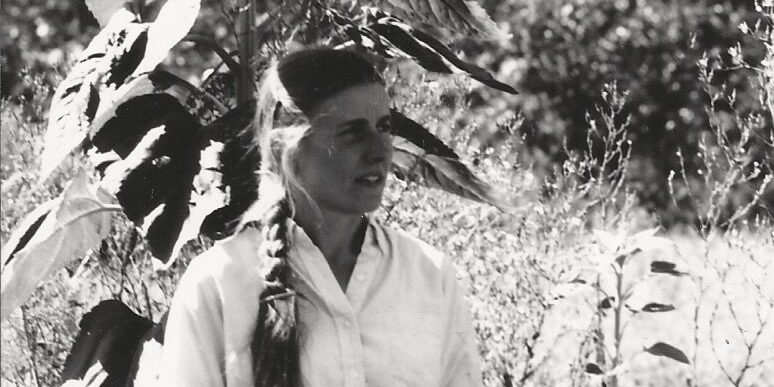 Jane Kile Scholarship
Jane Kile Scholarship
Annual funding opportunity for stewards of land, communities, and food systems
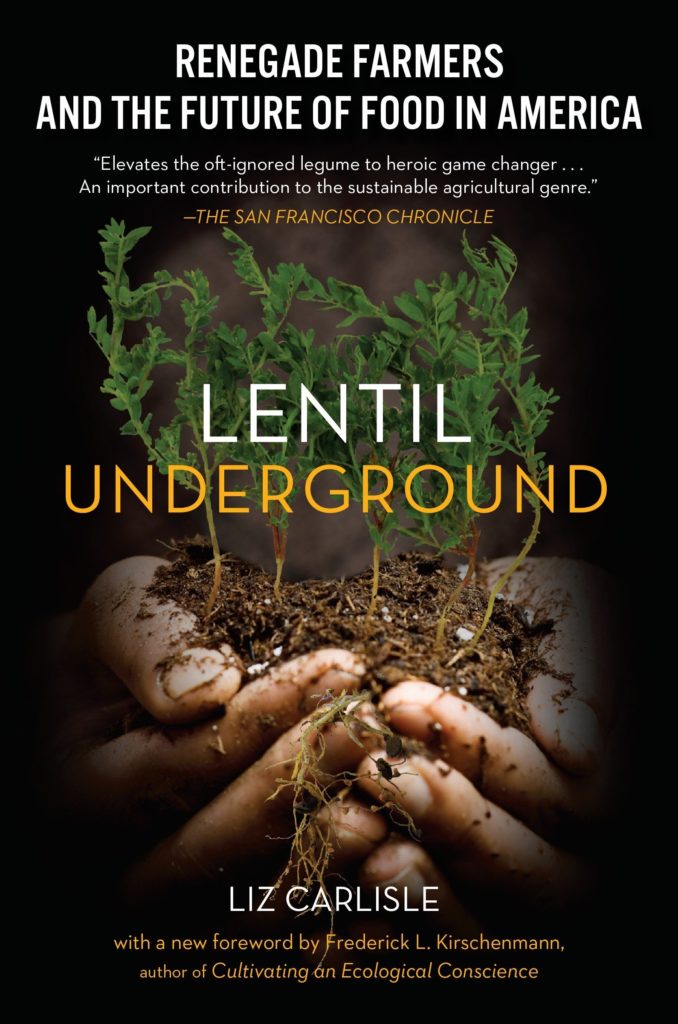

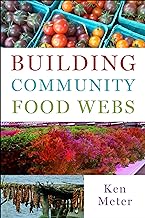 Ken Meter’s new book outlines the path to building equitable and inclusive food systems, using case studies from Ken’s work advancing community food system initiatives across the USA. His local economic analyses have promoted local food networks in 144 regions in 41 states, two provinces, and 4 tribal nations. Ken is one of the most experienced food system analysts in the U.S., integrating market analysis, business development, systems thinking, and social concerns.
Ken Meter’s new book outlines the path to building equitable and inclusive food systems, using case studies from Ken’s work advancing community food system initiatives across the USA. His local economic analyses have promoted local food networks in 144 regions in 41 states, two provinces, and 4 tribal nations. Ken is one of the most experienced food system analysts in the U.S., integrating market analysis, business development, systems thinking, and social concerns.